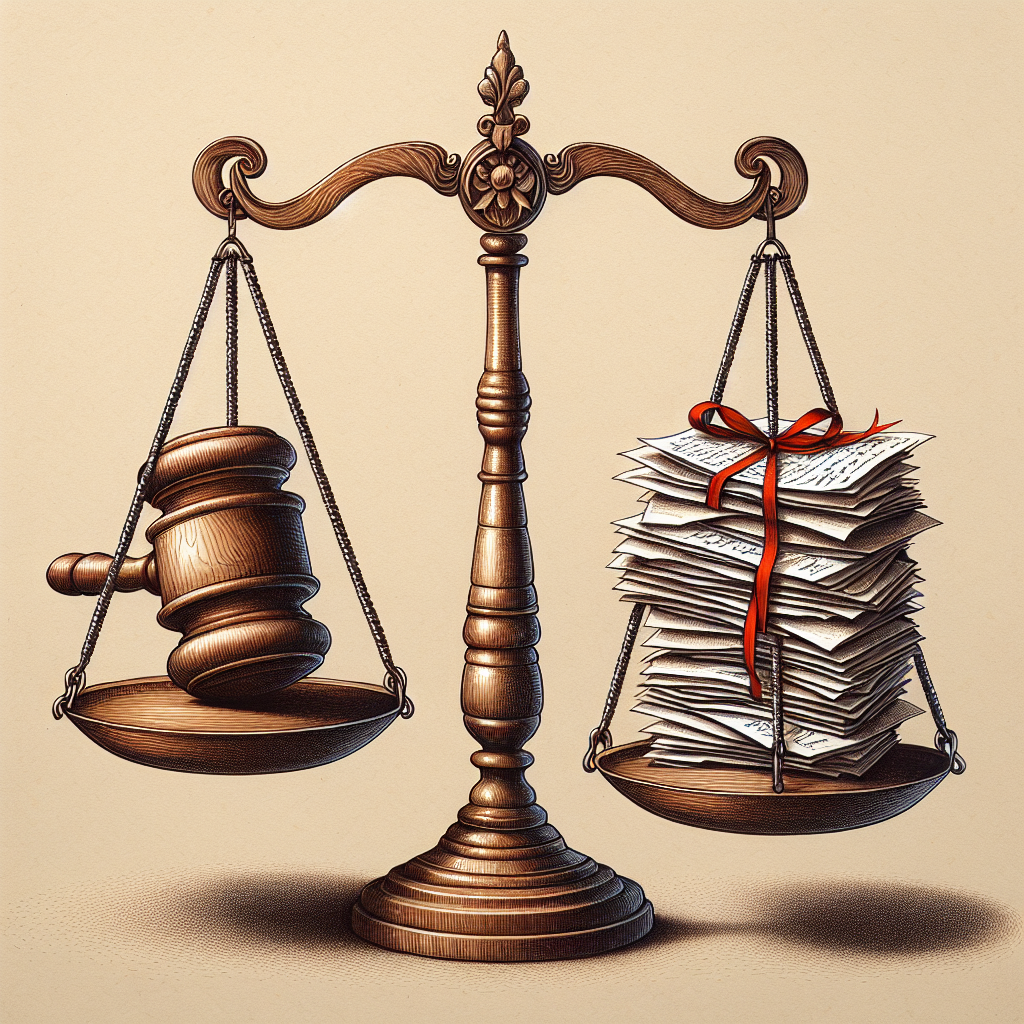Personal Injury Case: The Basics
A personal injury case starts when an individual suffers harm due to the negligence, recklessness, or intentional misconduct of another person or entity. The injured party, known as the plaintiff, seeks compensation for their physical, emotional, and financial damages from the party responsible for their injuries, called the defendant. This process typically involves legal representation for both parties.
Stages of a Personal Injury Case
The initial stage of a personal injury case is the investigation and fact-finding phase. Here, all the information pertinent to the case, including medical reports, witness statements, and other evidence, are collected.
Next comes the pleadings stage, where the plaintiff files a complaint against the defendant, stating the facts and legal grounds for the claim. The defendant responds by filing an answer, possibly along with counterclaims.
After the pleadings, both sides engage in discovery – a process where they exchange information and evidence relevant to the case. This stage often involves depositions, interrogatories, and requests for production of documents. All this information will be crucial in settlement negotiations or at trial if an agreement can’t be reached.
Negotiation and Settlement in Personal Injury Cases
Most personal injury cases, for various reasons, don’t make it to trial. Often, the parties, their lawyers, and insurance companies negotiate a settlement before court proceedings. The negotiation process may involve several rounds of offers and counteroffers until a mutually satisfactory agreement is reached. If negotiations fail, then the case goes to trial, where a judge or jury decides the outcome.
The Advantages of Settling a Personal Injury Case
Financial Considerations
In a personal injury case, settling out of court often means receiving compensation much faster than if the case went to trial. Legal proceedings can drag out for months or even years, leaving the injured party in financial distress, especially if they are unable to work due to their injuries. A settlement bypasses the time-consuming process of a courtroom trial and allows the injured party to start focusing on healing and recovery.
Reduced Stress and Uncertainty
Going through a courtroom trial can be stressful. There’s always a measure of uncertainty involved with a trial since verdicts can be unpredictable. Settling a case gives the injured party some control over the outcome. Not only can they negotiate the settlement amount, but they also have the final say in accepting or rejecting the offer. Moreover, settlements are private, unlike trials which are public and can prompt unwanted attention.
Cost Effectiveness
Legal expenses can quickly add up when pursuing a case through the court system. The litigation process involves numerous billable hours from your attorney, court costs, expert testimony fees, and more. When you choose to settle, you can drastically reduce these costs, as settlements require less work from your attorney and avoid many court-related expenses. This makes settling a personal injury case often the more cost-effective option.
Factors Influencing the Decision to Settle
There are several key factors that both plaintiffs and defendants consider when deciding whether to settle a personal injury claim. These considerations can vary widely depending on the specifics of each case, but generally fall into a few common categories:
The Strength of the Case
This is often the most significant factor in deciding whether to settle or proceed to trial. If one party feels they have a strong case with substantial evidence supporting their claims, they may be less likely to settle. However, if doubts exist about the strength or validity of the case, settling might be preferable to avoid the risk of losing at trial. This applies for both sides. For example, a plaintiff with a weak case may opt to settle to secure some compensation, while a defendant may choose to settle a strong case against them to limit potential damage.
Cost and Time Involved
Litigation is a costly and time-consuming process. The costs involved in a trial can eat significantly into any potential damages awarded. In addition, trials can last for weeks, months, or even years and demand extensive commitments of time and energy from all parties involved. Consequently, the financial and temporal considerations often push parties toward settlement. By settling, both parties can reduce their legal fees, save time, and avoid the stress associated with prolonged litigation.
Uncertainty of Trial Outcomes
No matter how strong a case may seem, there’s always an element of uncertainty in a trial. Juries are unpredictable: They may sympathize with plaintiffs, or they might side more with defendants. This uncertainty can make settling an attractive option for all parties involved since a settlement guarantees at least some degree of resolution. Further, it avoids the risk of an unfavorable jury verdict, which could result in no compensation for the plaintiff, or hefty damages for the defendant.
It’s due to these factors, the strength of the case, the costs and time involved, plus the uncertainty of trial outcomes that most personal injury cases end up settling before reaching the courtroom.
The Role of Insurance Companies in Settlements
Understanding Insurance Company’s Influence
As an integral part of settlements in personal injury cases, insurance companies play a number of pivotal roles. Their involvement often begins at the onset of an injury claim when they provide coverage against potential damages. The insurance company’s primary responsibility is to protect the financial interests of their policyholders. In effect, they usually assume liability on behalf of their insured parties, taking charge of negotiations and potentially helping to de-escalate the stress and complexity of these cases.
Negotiating Settlements: The Insurance Company’s Perspective
Insurance companies are typically involved in negotiating settlements, another significant aspect of their role. This involves analyzing the damages, understanding and evaluating the claimant’s demand, and making counteroffers based on what they believe to be reasonable or within the policy limit. These negotiations allow for better control over the monetary compensation that is eventually disbursed. It’s worth noting that insurance companies are motivated to settle cases primarily because it helps them avoid the costly and unpredictable nature of trials.
The Decision-making Power of Insurance Companies
The final say on whether to settle a claim typically rests with the insurance company. Upon investigating the circumstances surrounding the case and taking into account the policy limits, companies make a decision to either settle or proceed to court. It’s often seen that insurance companies prefer to opt for out-of-court settlements due to their cost-effective nature. However, they may choose not to if they believe the claim lacks merit, hence pushing the risk of an unfavorable verdict onto the policyholder. Consequently, the role of insurance companies in settlement cases holds a substantial influence on the turn of events and the eventual outcome of personal injury claims.
Negotiation Techniques Used in Personal Injury Settlements
Understanding the Art of Persuasion
In personal injury settlements, negotiation techniques often involve mastering the art of persuasion. This begins with a comprehensive understanding of the case, the injuries incurred, and the impact they’ve had on your life. By articulating these factors clearly and convincingly, you can establish a strong base for your claim. This method of persuasion often involves a persuasive opening statement, where you communicate the strength of your case and your readiness to go to trial, if necessary.
Mastering the Give-and-Take Process
The essence of negotiation is the ‘give-and-take’ process. In this scenario, countering the other party’s offer is common practice. While it’s important to maintain your demand’s upper limit, understanding when and how much to compromise is also crucial. Your attorney should guide you in making calculated counter-offers that keep your best interests at heart and still push the opposition closer to your desired compensation.
Evidence-Based Arguments
One of the most effective negotiation strategies in personal injury settlements is providing strong, evidence-based arguments. This includes medical records, accident reports, witness testimonies, and any other relevant documentation that can substantiate your claim. Presenting strong evidence can increase your leverage in negotiations and make it difficult for the opposing party to argue against your demands. This tactic aims not only to prove the validity of your claim, but also to illustrate the extent of your damages and the amount of compensation you rightfully deserve.



